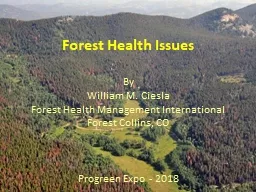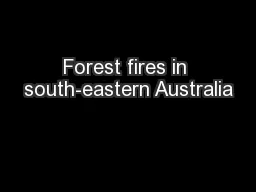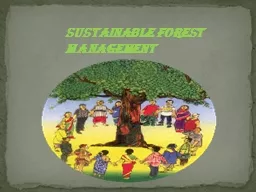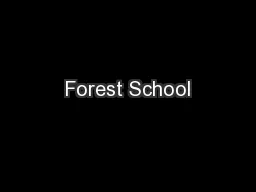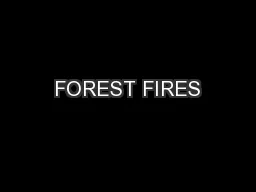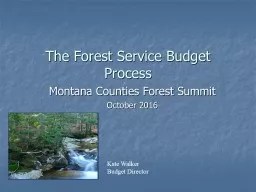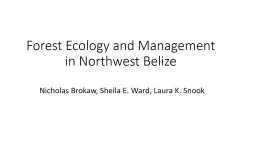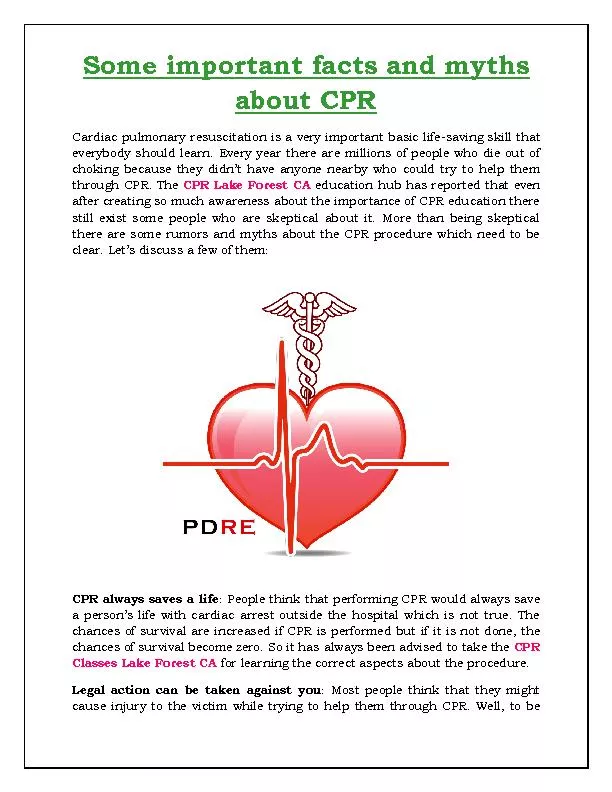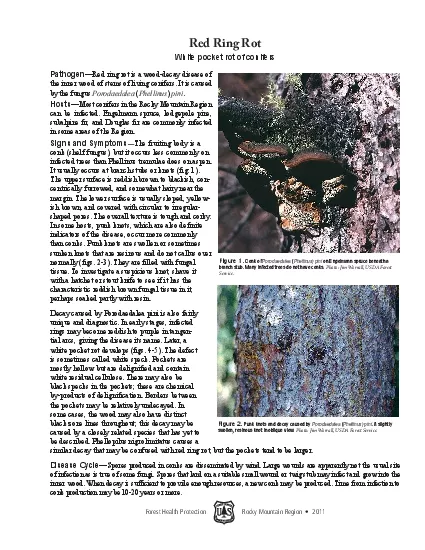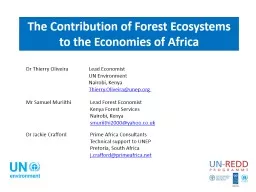PPT-Forest Health Issues
Author : cheryl-pisano | Published Date : 2019-11-24
Forest Health Issues By William M Ciesla Forest Health Management International Forest Collins CO Progreen Expo 2018 Todays Program Bark beetles Conifer defoliators
Presentation Embed Code
Download Presentation
Download Presentation The PPT/PDF document "Forest Health Issues" is the property of its rightful owner. Permission is granted to download and print the materials on this website for personal, non-commercial use only, and to display it on your personal computer provided you do not modify the materials and that you retain all copyright notices contained in the materials. By downloading content from our website, you accept the terms of this agreement.
Forest Health Issues: Transcript
Forest Health Issues By William M Ciesla Forest Health Management International Forest Collins CO Progreen Expo 2018 Todays Program Bark beetles Conifer defoliators Broadleaf defoliators Forest diseases. in . Himachal Pradesh: . Way Forward. Key Issues for discussion. Sanjay Upadhyay. Advocate Supreme Court and Managing Partner, . Enviro. legal . Defence. Firm. February 2015. A no of firsts in H.P.. Esperanza Solis and Lisa Kaiser. Map showing where the deciduous forest is on earth. A deciduous forest is a forest made up of trees and plants that shed their leaves during the cold months of the year and re-grows new leaves the next spring in time for the growing season.. Dr Tina Bell. Australia has 149 million ha of forest. 2. © Commonwealth of Australia. . Ash-type species in south-eastern forests. 3. Mountain Ash. Eucalyptus regnans. Alpine Ash. Eucalyptus delegatensis. Multiple perspectives and multiple dimensions. Deborah Lawrence, PhD. Professor of Environmental Sciences . Why worry about degradation?. As a nation:. Manage your resources. Manage your money. Manage your climate. “Sustainable development is development that meets the needs of the present without compromising the ability of future generations to meet there own needs.”. A typical sustainable forest will contain trees of all ages and often different species of trees. As the trees mature they are felled and the natural wood is processed at saw mills. Felled trees are replaced with seedlings. In this way the forest is constantly renewed.. at. Forest School is defined as “. an inspirational process that offers children...regular opportunities to achieve and develop confidence and self esteem through hands on learning in a woodland environment. IN EUROPE. Forest fire protection. How to prevent fires?. Don't burn grass,. Don't smoke in the woods,. Don't leave the glass bottles,. Don't throw out trash,. Don't leave butts. REMEMBER. !!!. Causes of Wildfires. NFFE - Forest Service Council. The Legislative Process. Congress influences our jobs, our mission, and our budget (among many other things).. Out of the goodness of their hearts, neither Congress or management will look out for us or our jobs!. Montana Counties Forest Summit. October 2016. Kate Walker. Budget Director. Objectives. Overview of FS budget process. Illustrate constant interaction between agency and “other players”.. Discuss current Budget Trends . in Northwest Belize. Nicholas Brokaw, Sheila E. Ward, Laura K. Snook. Research questions. How do the distributions and abundances of tree species and the distribution of forest types vary as a function of:. Forest Certification in India – A snapshot. Total certified forest area in India – 811816.44 ha. No. of Forest Management Enterprises certified – 12 nos. . S.No. . . Name. State. Area. 1.. Uttar Pradesh Forest Corporation. CPR Lake Forest CA
https://yourcprmd.com/orangecounty/
Palm Desert Resuscitation Education (PDRE) is among Southern California’s best and frontrunner in American Heart Association (AHA), American Academy of Pediatrics (AAP), American Red Cross (ARC) and other classroom-based and online education, up-to-date news and information delivery.
We want to advance our mission of promoting healthier lives and assist in reducing the morbidity and mortality of cardiovascular diseases, stroke, and other medical emergencies through evidenced-based learning and professional education as per the most current AHA, AAP, ARC, and other guidelines and recommendations.
CPR Lake Forest CA, CPR Classes Lake Forest CA, CPR Certification Lake Forest CA, First Aid Certification Lake Forest CA, BLS Lake Forest CA Red Ring RotWhite pocket rot of conifersPathogen151Red ring rot is a wood-decay disease of the inner wood of stems of living conifers It is caused by the fungus PorodaedaleaPhellinuspiniHosts151Most c Dr Jackie Crafford . Prime Africa Consultants. . Technical. support to UNEP. Pretoria, . South Africa. . j.crafford@primeafrica.net. Dr Thierry Oliveira. Lead Economist. UN Environment.
Download Rules Of Document
"Forest Health Issues"The content belongs to its owner. You may download and print it for personal use, without modification, and keep all copyright notices. By downloading, you agree to these terms.
Related Documents

